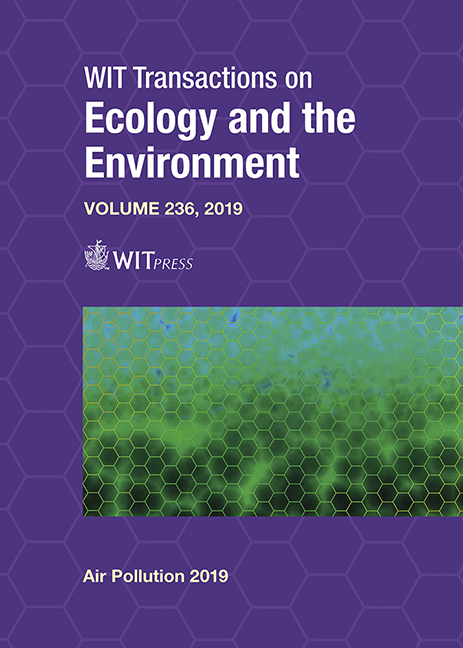CO2 MEASUREMENTS FOR UNCONVENTIONAL MANAGEMENT OF INDOOR AIR QUALITY
Price
Free (open access)
Transaction
Volume
236
Pages
10
Page Range
277 - 286
Published
2019
Size
488 kb
Paper DOI
10.2495/AIR190271
Copyright
WIT Press
Author(s)
MARCO RAGAZZI, ROSSANO ALBATICI, MARCO SCHIAVON, NAVARRO FERRONATO, VINCENZO TORRETTA
Abstract
Carbon dioxide (CO2) is a known global pollutant and is responsible for the global warming that the planet has been experiencing for the last few decades. On a local scale, outdoor CO2 does not pose any risk for the environment and humans. Risks are usually far from involving human beings in the majority of indoor environments, although high CO2 concentrations may entail temporary adverse effects that are similar to the typical symptoms of the so-called “sick-building syndrome”. Such effects become even more important on workplaces or at school/university, since high CO2 levels may negatively influence the productivity and the learning capability of individuals. To understand the magnitude of the problem, a monitoring campaign was carried out in four classrooms and in a library of a university in northern Italy. Three of the classrooms under observation were not equipped with an air extraction system. The CO2 concentration was monitored with low-cost non-dispersive infrared digital sensors in two periods of the year: between February and March and at the end of May. During those periods, the number of occupants, temperature and relative humidity were also monitored, as well as any opening of the windows (where available). The results showed that, where automatic air extraction is not available, CO2 concentrations can exceed 5,000 ppm. In general, the lower the ratio between the room volume and the number of occupants, the higher the concentrations achieved. The installation of lowcost sensors might prove useful to prevent the negative effects from the exposure to high CO2 levels and help achieve more sustainable conditions in indoor spaces, since the sensors could inform lecturers and students on the need for opening doors and/or windows when air extraction is not provided.
Keywords
carbon dioxide, indoor air quality, comfort, exposure, sustainability, ventilation, air quality monitoring





